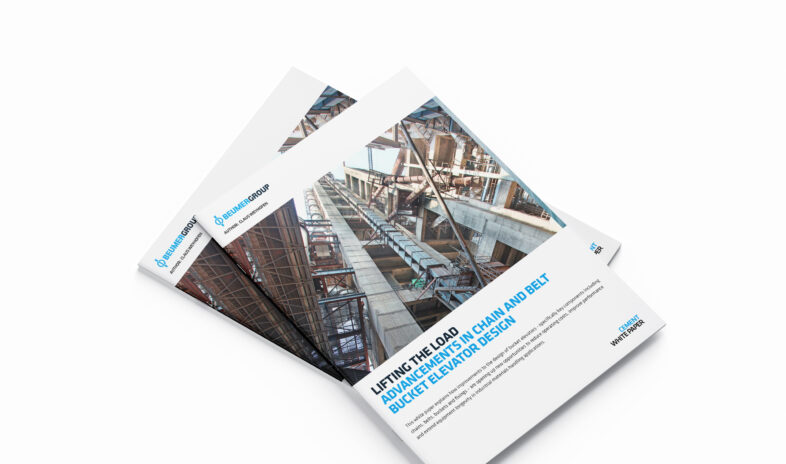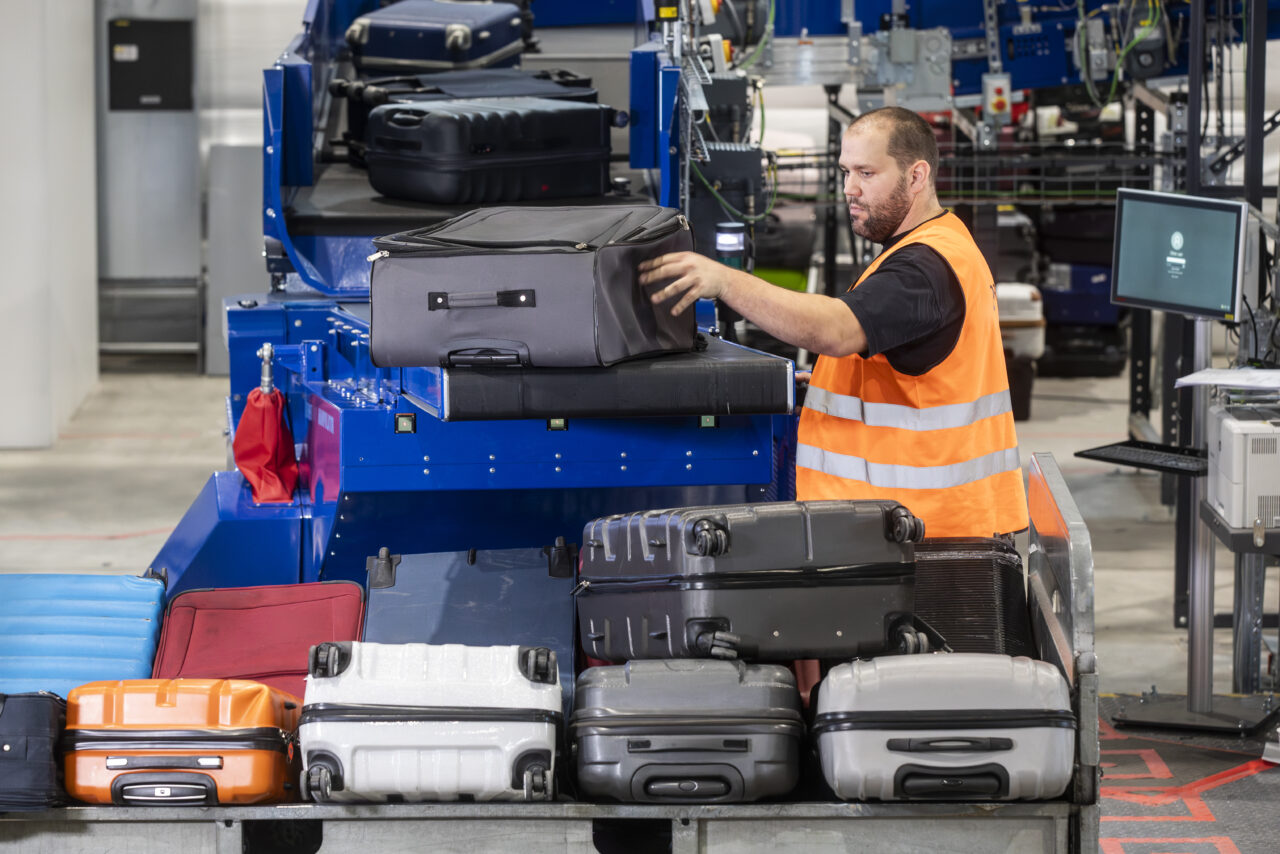It has forced airports to increasingly use automation in both the handling and loading processes – because if they don’t, they will not be able to cater to the number of flights at the airports.
With fewer staff, airports will experience delays for:
- Baggage handling operations – fewer staff to handle or manually intervene
- Loading/unloading planes
- Flight departure and arrival times
- Passenger wait times for reclaiming luggage at the carousel
A LEGACY OF MACHINES OVER SOLUTIONS
But despite the certainty that investing in a well-designed BHS will alleviate many of their labour concerns, and the knowledge that a heavily reduced OPEX will see them recoup any additional outlay they might spend on a modern BHS such as ICS, compared to a conventional conveyor, many simply do not invest.
Partly it’s the fault of BHS equipment suppliers. During the 2000s and 2010s, automation was a buzzword, but instead of offering end-to-end baggage handling solutions, most providers merely sold baggage sortation machines.
These machines tended to be geared toward helping workers handle luggage, but they did not automate the full baggage process or deliver other benefits.
Airport operators’ biggest BHS problems tended to revolve around adhering to regulations around health and safety.
ULTIMATE WORST-CASE SCENARIO FOR AIRPORTS
Consider for a moment what is the worst-case scenario of a passenger flow blockage on a key passageway at the airport.
It will cause a diversion, but the airport’s infrastructural flexibility will ensure that passengers still find a way to catch their flight.
Now imagine what would happen if there’s a baggage flow blockage in a BHS without modern applications like instant re-routing.
There could be as many as 20,000 unsorted bags in the system, and it is broken. All of the bags need to be taken out manually, piled on top of one another and then sorted.
It will cause huge delays and severely impact the customer satisfaction levels.
Situations like this underline how BHS is the airport’s most critical infrastructure – only the IT systems come close.






